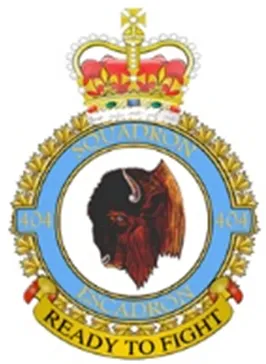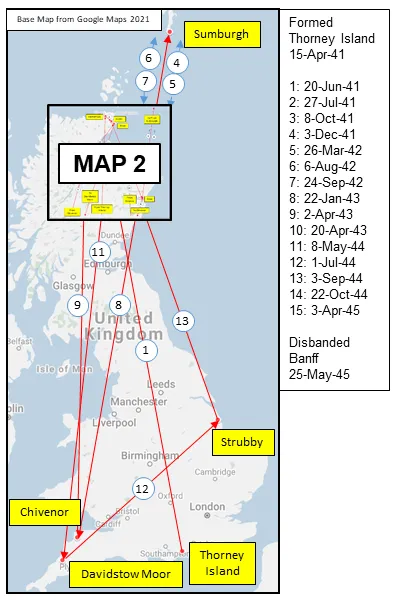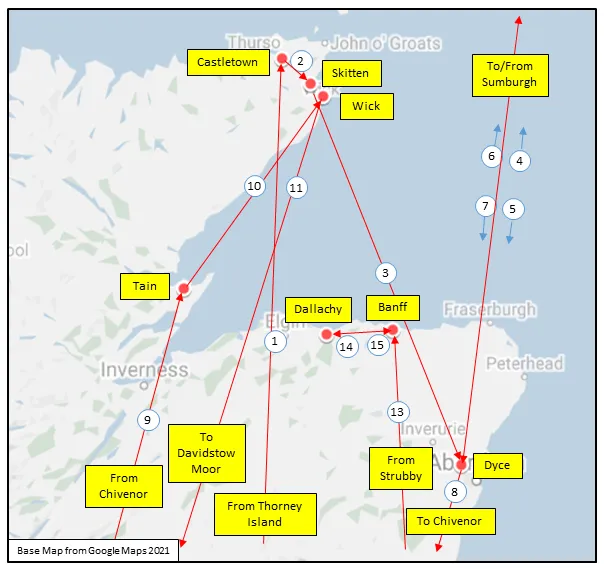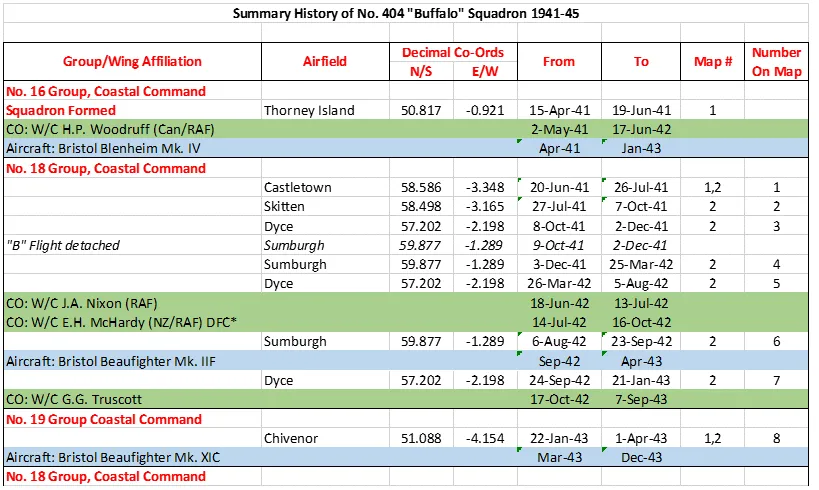Canadair CP-107 Argus
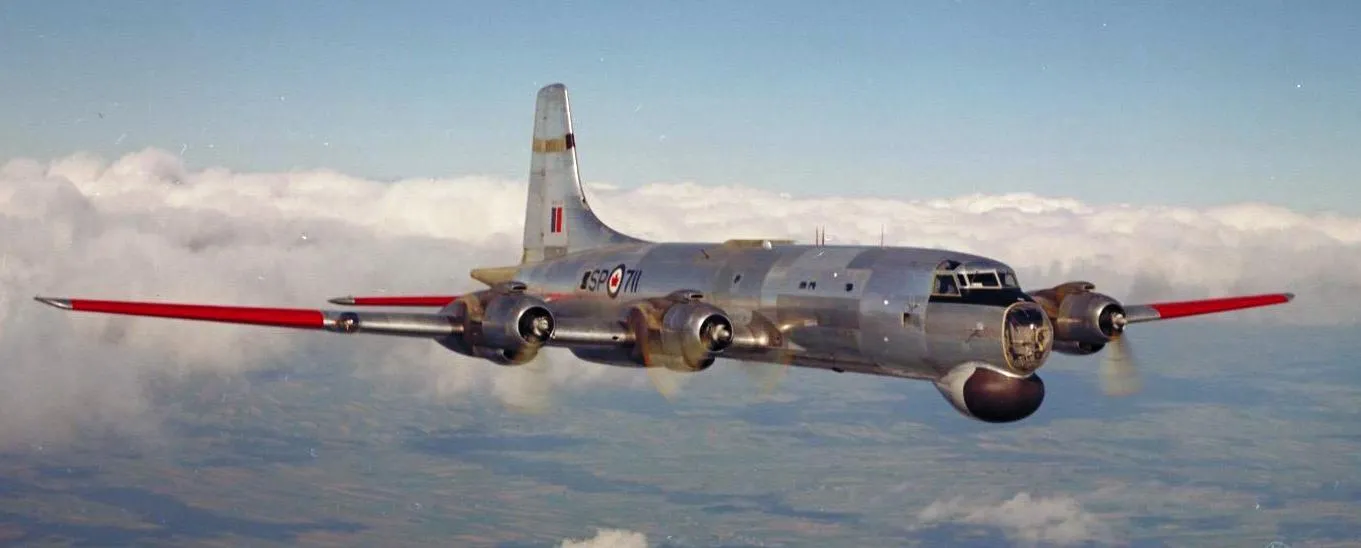
Canadair CP-107 Argus Mk. 1 (Serial No. 20711), No. 404 'Buffalo' (MP) Squadron.
The Canadair CP-107 Argus (company designation CL-28) was a maritime patrol aircraft designed and manufactured by Canadair for the Royal Canadian Air Force (RCAF). In its early years, the Argus was reputedly the finest anti-submarine patrol bomber in the world. The Argus served throughout the Cold War in the RCAF's Maritime Air Command and later the Canadian Force's Maritime Air Group and Air Command.
In 1949, Canadair recognized that the RCAF would soon be looking for a replacement for the Avro Lancasters being used in the maritime patrol role and proposed the CL-29, a variant of the North Star, itself a variant of the Douglas C-54 Skymaster or DC-4 transport. When the RCAF issued the specification in 1952, it was for a larger and more capable aircraft, and two proposals were received. These included a Lockheed Constellation variant from Lockheed, however its low speed handling was deemed inadequate by the RCAF, while Bristol proposed a variant of their Britannia airliner but concerns were raised over its floating controls, where they were controlled via servo tabs rather than direct linkages. The RCAF preferred the Bristol proposal, but it would be developed in Canada. Canadair presented two proposals, the CL-28 also based on the Britannia, which was accepted, and a lowest cost design called the CL-33 which was described as a fat Lancaster. It would have comparable to the Avro Shackleton already being operated by the RAF, but significantly lighter, and was to be powered by the same engines as were used in the CL-28, or similar radial engines.
Canadair began work on the CL-28 in April 1954 and at the time it was the largest aircraft to be built in Canada. The hybrid design, initially referred to as the 'Britannia Maritime Reconnaissance', or 'Britannia MR', was derived from the Bristol Britannia airliner, having the same wings, tail surfaces and landing gear except for being "Americanized" meaning that it used the same general design, but changed from British materials, dimensions and standard parts to American ones. Due to the greater stresses from flying at low altitude for long periods of time, even the components taken from the Britannia needed substantial reinforcement, and to meet these demands, extensive use of a locally developed metal to metal bonding was used. The Argus represented the first large scale use of titanium in the structure, as well as structural plastic, which was used to electrically insulate the top of the fin for the sensors mounted there.
The fuselage was completely redesigned by Canadair, going from the pressure cabin used in the Britannia to an unpressurised one with two 18 ft (5.5 m) long bomb bays fore and aft of the wings. The powerplants werre also changed from the Bristol Proteus turboprop engines to Wright R-3350 turbo-compound piston radial engines, which had lower fuel consumption necessary for extended missions at low level. At the design stage the Napier Nomad, another turbo compound engine was also considered, although the Nomad was later cancelled. Wikipedia
 Wikipedia Canadair CP-107Argus
Wikipedia Canadair CP-107Argus
CASPIR Aircraft Groups:
RCAF On Strength (33), Canadian Aircraft Losses (33), Canadian Manufactured (33), Canadian Museum(1)Argus 2 20727

With No. 405 (MP) Squadron at RCAF Station Greenwood from 29 January 1959. To No. 2 (M) Operational Traiing Unit detachment at Greenwood on 3 February 1959. To Fairey Aviation for updates on 24 November 1960. Back at Greenwood from 30 May 1961. To Fairey again for furtherupdates, 8 July 1964 to 6 January 1965. With Argus Conversion Unit at Greenwood in early 1965. With No. 404 Squadron, on detachment to Puerto Rico, when it disappeared during night training mission 60 miles north of Puerto Rico on 23 March 1965. First Argus lost. No trace ever found. 15 fatalities, including two civilian scientists. Disappeared at night, some have theorized aircraft may have dug in a wing tip during a low level turn.
1958-01-27 Taken on Strength Canadair 2019-08-20
1965-04-30 Struck off Strength 2019-08-20
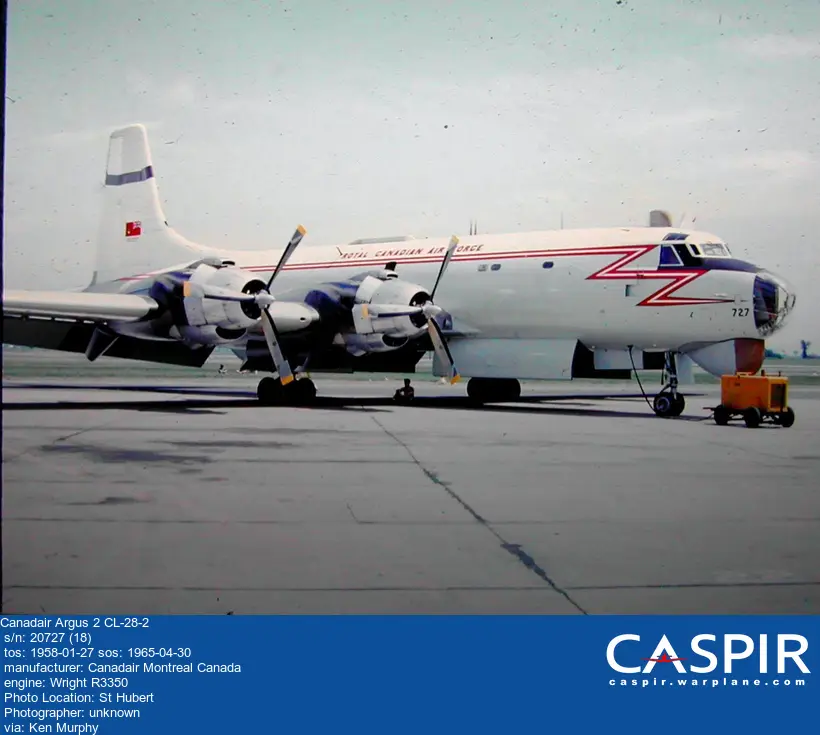



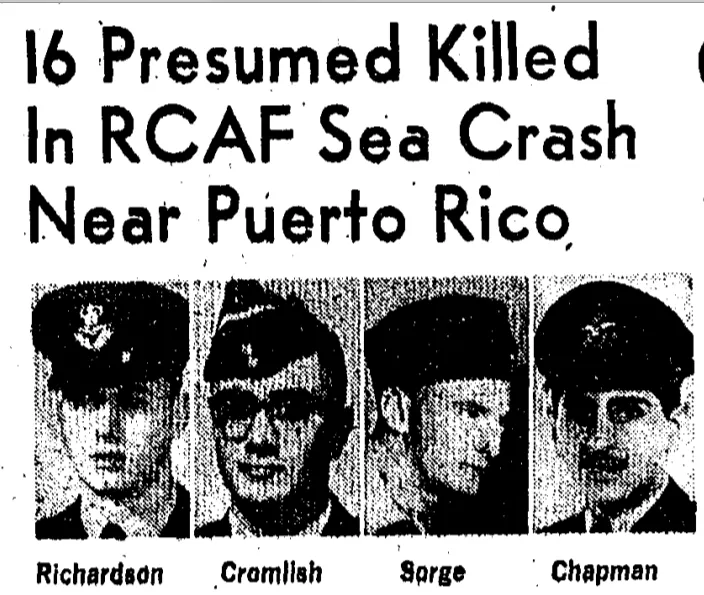

 Canadian Virtual War Memorial
Canadian Virtual War Memorial


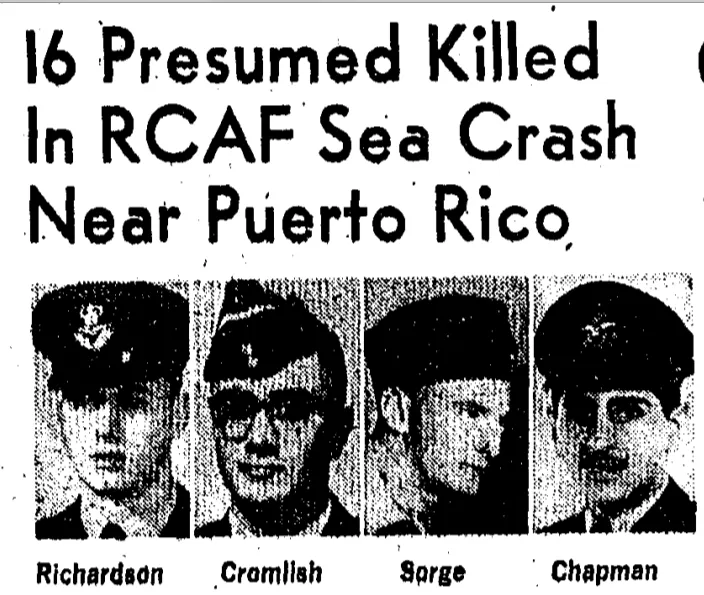
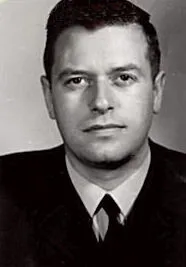
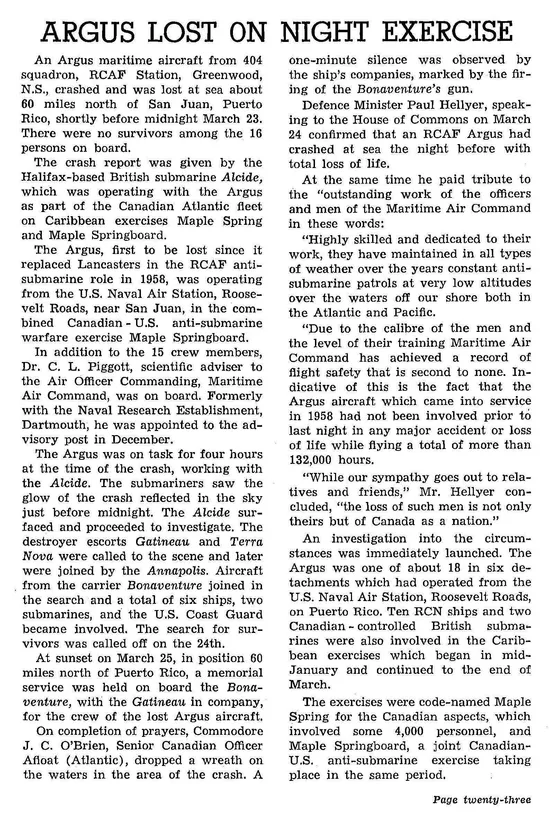
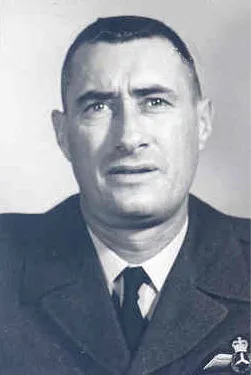

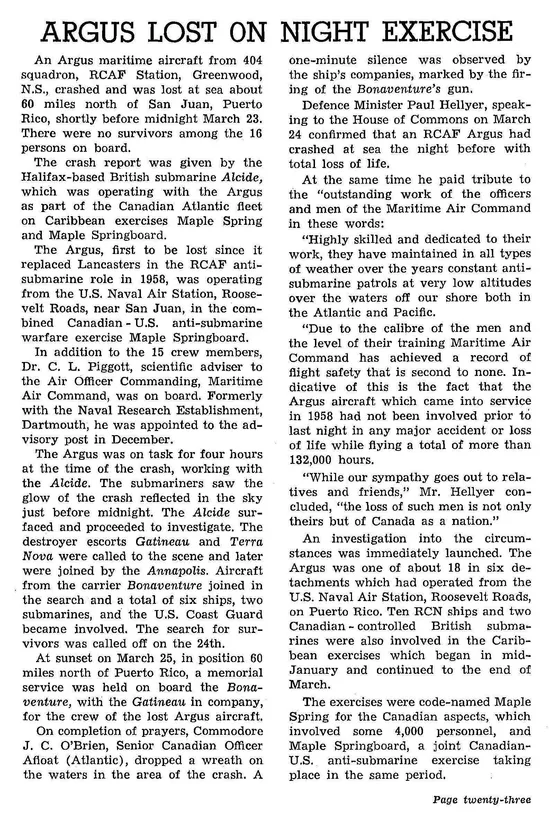
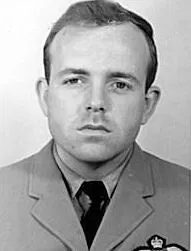


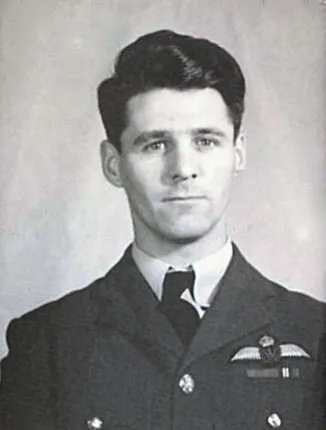
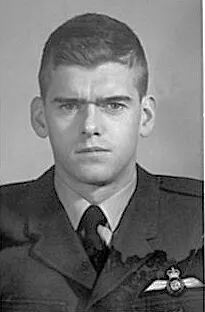
 Argus Maritime Patrol Bomber
Argus Maritime Patrol Bomber Harold A Skaarup Web Page
Harold A Skaarup Web Page